What is Cloud Security Framework: A Complete Guide
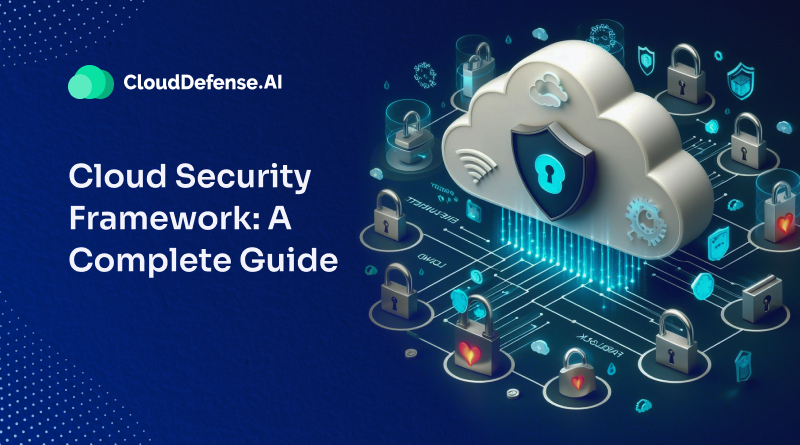
A cloud security framework is a structured set of guidelines and best practices designed to safeguard data, applications, and infrastructure in cloud environments against threats and vulnerabilities. Definition — What is a Cloud Security Framework? A Cloud Security Framework is a set of policies, tools, and best practices designed to protect cloud environments from security […]
What Is Spyware? Definition, Types, And Protection
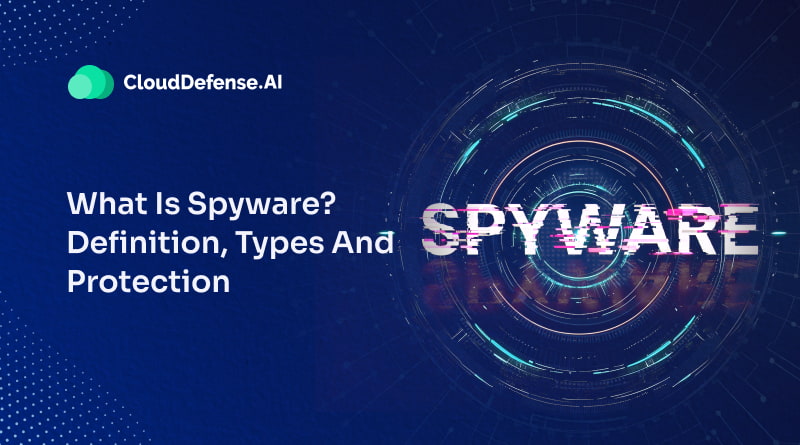
Spyware is malicious software that secretly gathers user data, monitors activity, and transmits information without consent, often for fraud. What Is Spyware? Spyware is a type of malicious software installed on a device without the user’s knowledge or consent. It covertly collects sensitive information, such as browsing habits, financial details, and login credentials, and transmits […]
GDPR vs. HIPAA vs. CCPA vs. PCI: Compliance Differences
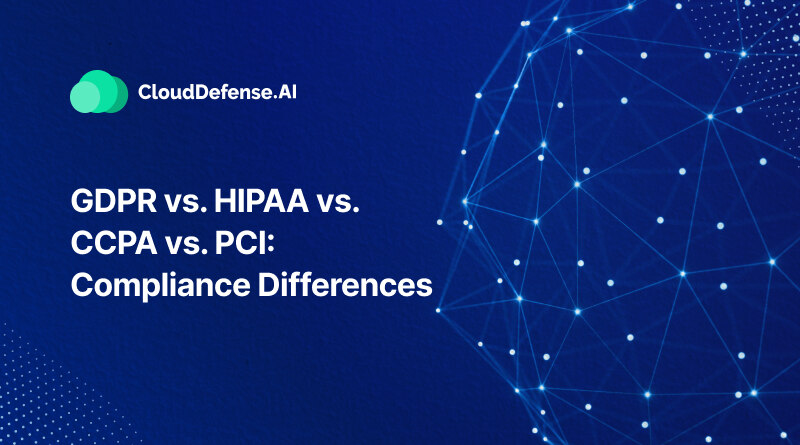
A surge in cloud computing and other aspects of the digital world has created significant challenges in the ethical handling of data, As companies continue to gather data, even while you read this article, concerns are raised when it comes to ensuring the privacy, confidentiality, and security of their user’s personal information. Users are more […]
What is Cloud Incident Response?
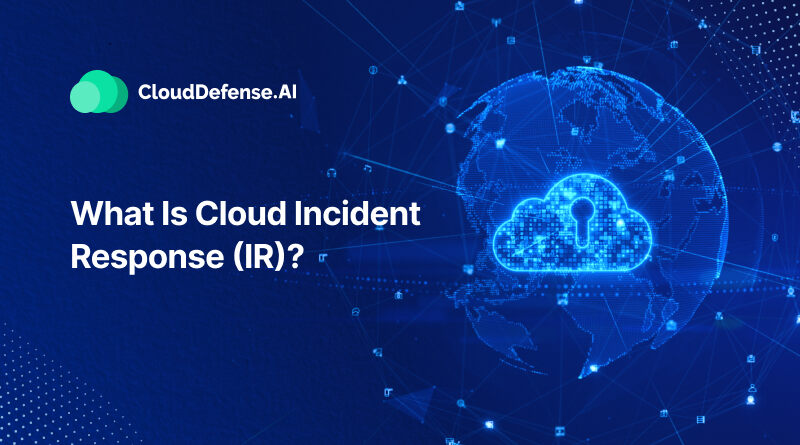
Cloud incident response involves identifying, analyzing, and mitigating security incidents in cloud environments. It ensures minimal disruption, protects sensitive data, and restores normal operations after a breach or anomaly. What is Cloud Incident Response (Cloud IR)? Cloud incident response is a structured approach to detecting, analyzing, and mitigating security incidents within cloud environments. As organizations […]
CI/CD vs DevOps: Key Differences
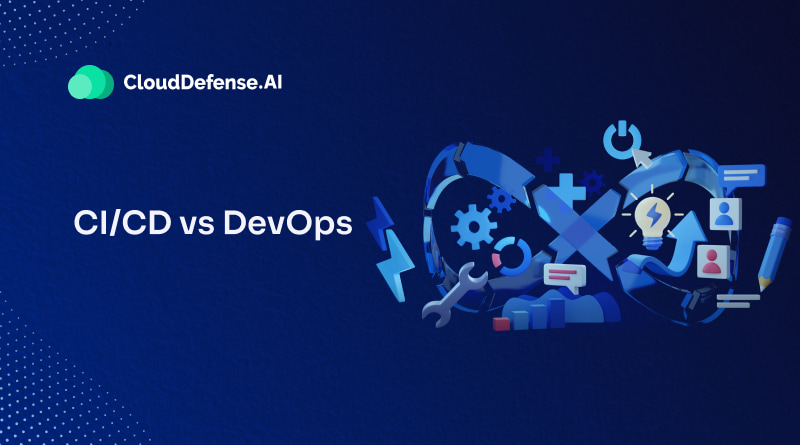
If you’re into software development, two terms often come up: CI/CD and DevOps. At times, it might feel like it’s about the same thing. But the truth is, while they’re related, they serve different purposes. While they share common goals—speeding up development, improving collaboration, and delivering better software—CI/CD and DevOps approach the challenge from different […]
What is the Principle of Least Privilege (PoLP)?
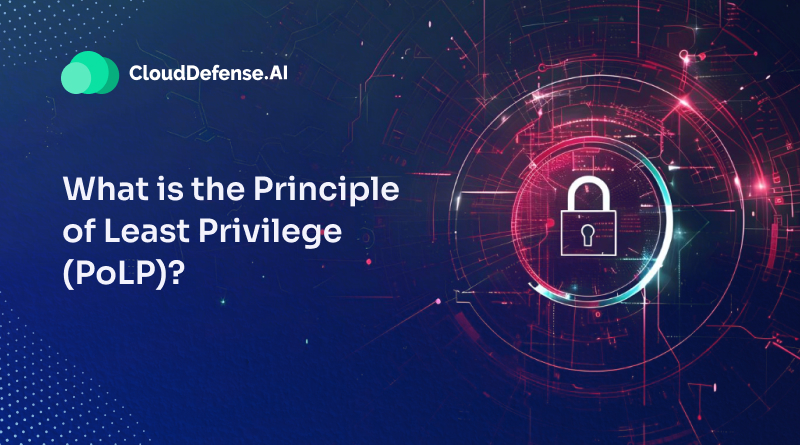
The Principle of Least Privilege (PoLP) is a cybersecurity concept that restricts user access to only the resources and permissions necessary for their specific tasks, minimizing security risks. Definition — What is the Principle of Least Privilege (PoLP)? The Principle of Least Privilege (PoLP) is a security framework that ensures every user, system, or application […]
Top 5 Security Operations Center (SOC) Best Practices
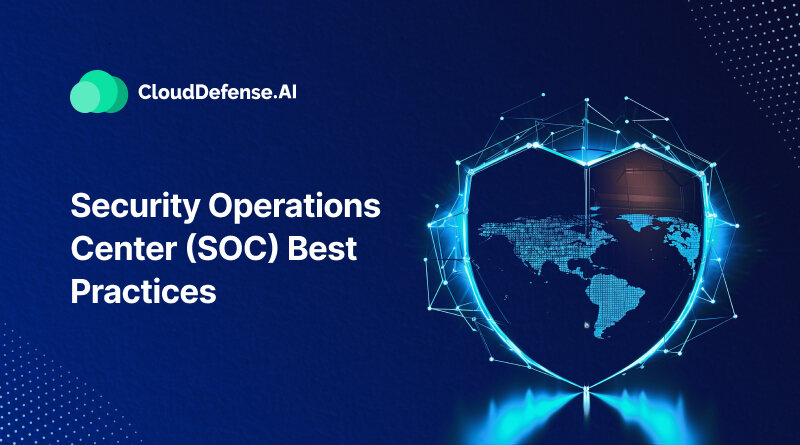
Cyber threats are becoming harder to defend against than ever. Companies deploy a number of tools and technologies to protect themselves, and in them, the Security Operations Center (SOC) is considered to be the first line of defense. By combining skilled teams and advanced tools, a well-run SOC detects and stops attacks before they cause […]
What is Role-Based Access Control (RBAC)?
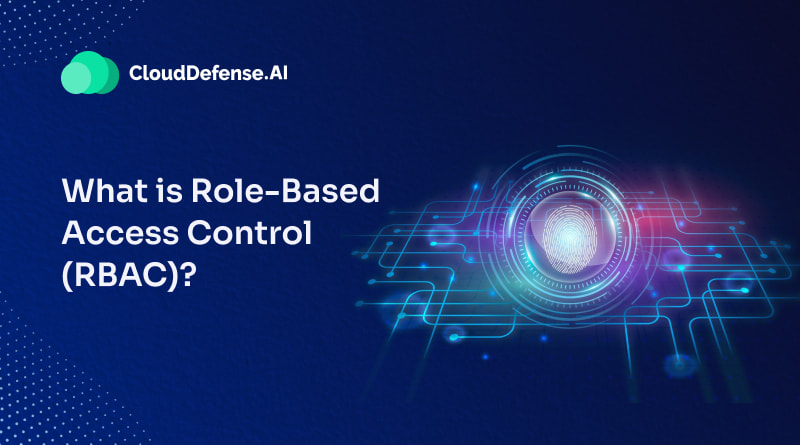
Role-Based Access Control (RBAC) is a security model that restricts system access based on users’ roles, ensuring individuals only access resources necessary for their responsibilities.
What Is a Computer Worm (Worm Virus)?
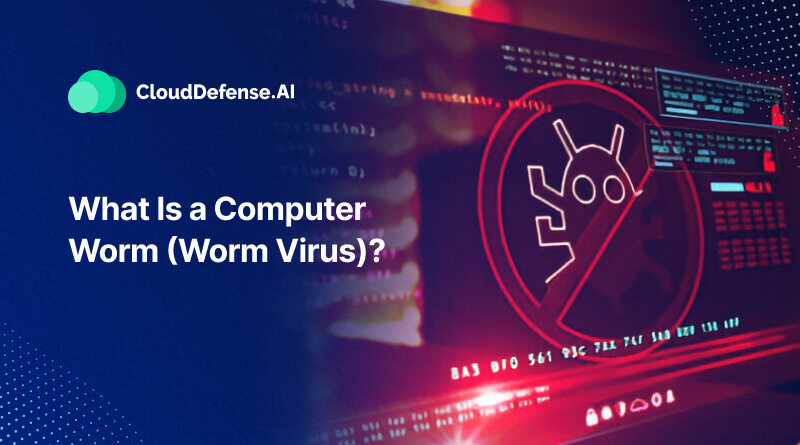
A worm virus is a type of malware that self-replicates and spreads across networks without needing a host file. It often causes widespread damage and network disruption. What is a Computer Worm Virus? A computer worm virus is a type of malware that can automatically propagate or make a copy of itself and spread from […]
What is Unified Threat Management (UTM)?
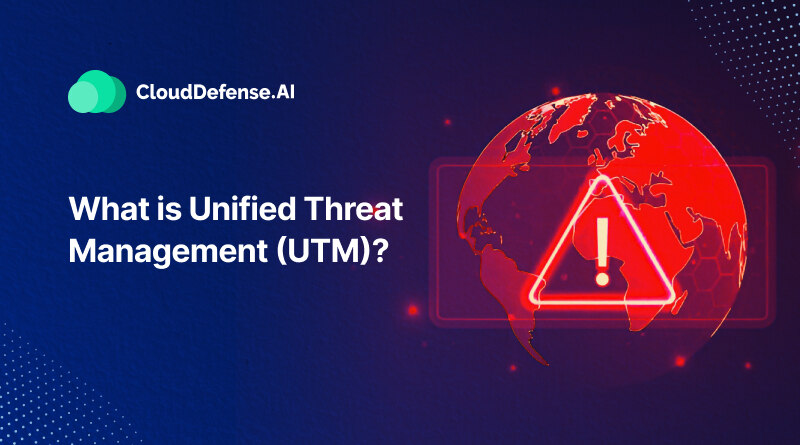
Unified Threat Management, or UTM, stands as a pivotal solution, offering a consolidated approach to network security. Defined as a singular security appliance or solution, UTM provides a centralized point for various security functions, ranging from anti-spyware and antivirus to intrusion detection and prevention, network firewall, content filtering, and leak prevention. As the technological space […]



